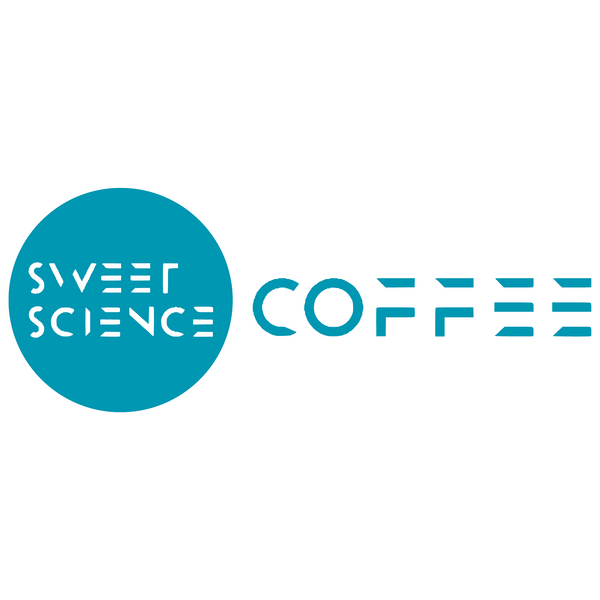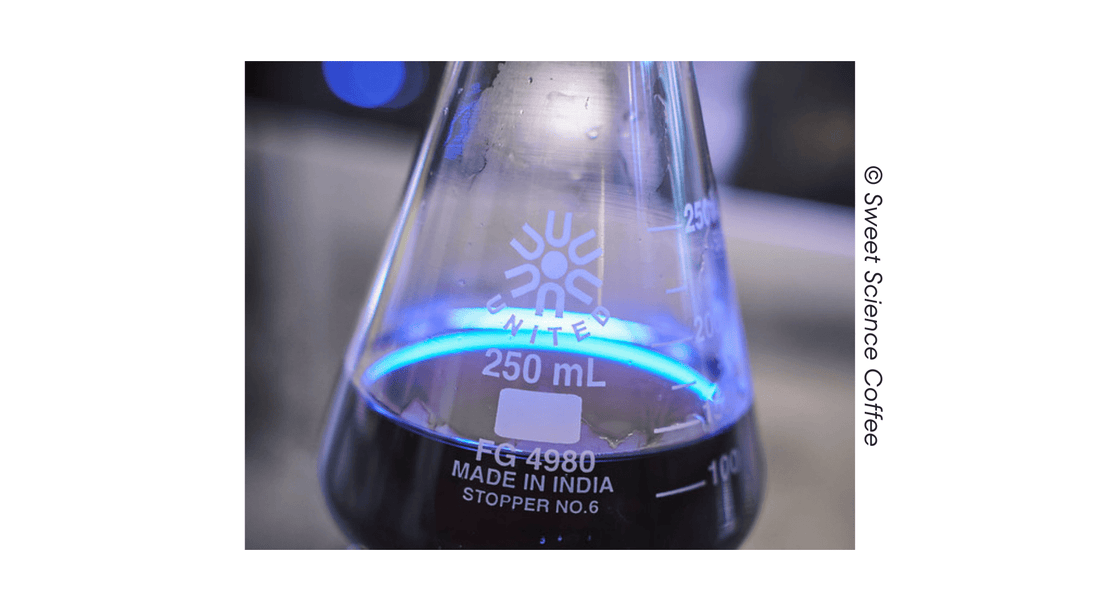Is There Really Mold in My Coffee?
It sounds like a line from a Britney Spears song: "I’m addicted to you, don’t you know that you’re toxic?" In the health and coffee market, one can find alarming information about mold, fungi, pesticide, and chemical fertilizer residue making it into your cherished morning cup of Joe. However, most of this information reaches our screens via ads for a product, which begs the question: what is actually proven and true, and what is a scare marketing tactic?
Let’s cover some grounds.
How Does Mold Get Into Coffee Beans?
Coffee is a natural product that starts out as green (raw) beans removed from a fruit. After each harvest, the green beans are processed, sorted (we’ll go into this in another article), packed in bags, and stored in warehouses until they are shipped to a roaster. Coffee beans naturally contain some water, which keeps them fresh and is necessary for roasting later.

Coffee processing, Nicaragua

Green coffee bean inside fruit
Storing green coffee too long under warm, humid conditions, with no air circulation and in airtight, unlined bags increases the likelihood of mold formation as fungi react with the moisture in the beans. Mold can then produce chemical compounds called mycotoxins. Mycotoxins can be helpful (e.g., Penicillin) or harmful to human health

Here we have a positive example of a climate controlled warehouse from @goldmtncoffee
Which Mycotoxins Are in Coffee Beans and Can They Get Into My Drink?
Yes, traces of mycotoxins do get into green, roasted, and brewed coffee. But before you toss all your coffee, let’s dig a bit deeper. Different types of mycotoxins are present in most foods we consume daily and even in the air we breathe. The main mycotoxin found in coffee is also present in foods like grains, raisins, beer, wine, cereal, dark chocolate, chili, and peanut butter, all in measurable, acceptable amounts.
How Much Is in My Coffee, and Can They Harm Me?
Possible Effects:
There are two types of mycotoxins relevant for coffee crops: Ochratoxin A and Aflatoxin B1. Aflatoxin B1 is known to be a carcinogen (cancer-causing), and Ochratoxin A is believed to pose a risk to kidney function, though this has not been studied in depth or proven yet.
The Amounts:
Possible effects and amounts are, of course, related. Studies show that:
- Four cups of coffee daily provide only 2% of the ochratoxin A exposure deemed safe by the Food and Agriculture Organization and the World Health Organization, which is too low to be of practical significance.
- Modern processing methods by specialty coffee growers effectively get rid of most molds and mycotoxins.
- Roasting kills the molds that produce mycotoxins and can reduce amounts by up to 96%.
- Decaffeinated coffee can show a higher concentration of mycotoxins because it is missing caffeine, a natural agent that stops the growth of molds. But the measured levels are still too low to be of concern.
- In effect, 99% of specialty grade coffee can be considered mold and mycotoxin-free.
- The liver neutralizes mycotoxins, meaning they do not build up over time.
- Coffee itself contains compounds that may inhibit the effect of aflatoxins.
How Are Amounts Regulated and Enforced?
Regulations:
In the US, the Food and Drug Administration (FDA) and the United States Department of Agriculture (USDA) are responsible for regulating mycotoxins. The FDA monitors mycotoxins in food, conducts research on how to detect and prevent contamination, and establishes guidelines to minimize mycotoxins in food supply chains. Aflatoxins are regulated in the US and are set at a limit of 2.0µg/kg (2 micrograms per 2.2 lbs) for all foodstuffs. Ochratoxin A limits are currently not federally regulated in the United States, unlike in 100 other countries around the world. In the EU, for example, regulatory standards prohibit more than 3.0µg/kg (3 micrograms per kilogram/2.2 lbs) of ochratoxin A in roasted coffee.
Control:
Like any agricultural product, testing cannot realistically be done on every batch or shipment, especially not on the almost four billion pounds of commodity (mass-market) coffee imported to the US every year. Without lab testing, it is impossible to tell for sure whether mycotoxins are present in a sample because mold and mycotoxins can build up at several stages along the production chain. So without knowledge of a company's protocols regarding frequency and diligence, even lab testing is not a guarantee, though it is often used as a marketing tool.
At Sweet Science, we do independent lab testing for all our products because we blend coffee with superfoods, which fall into the supplement category, so we apply maximum diligence on our end. Plus, we work with partners along the supply chain that meet our production and safety standards.
The Unfiltered Essence:
Truth is, as humans we are ingesting and inhaling toxins, including mycotoxins, daily, and it’s almost impossible to avoid them. The question is: Do the enjoyment and benefits of coffee outweigh the potential negatives? Research strongly suggests that they do, and to date, there is no evidence to suggest that low levels of mycotoxin exposure are harmful.
We believe that paying an extra premium for coffee advertised as free of mold is a waste of money. According to Dr. Mark Corey, head of science and regulatory affairs for the National Coffee Association, “an average adult would need to consume up to 410,000 8 oz servings of brewed coffee per day to exceed safety levels established by scientific studies.”
However, selecting coffee that is grown, processed, and stored responsibly, roasted fresh, and meets high-quality standards is absolutely worth paying more for as an investment in your daily well-being. When choosing, look for information on the roaster’s or seller’s website: Do they disclose where the coffee comes from and how it is processed? Do they tell you which harvest year they are currently processing (green coffee can keep up to two years in a warehouse, but the current harvest is always best)?
As a bonus, get high-grown coffee, as the beans are denser and have grown in a less humid climate, which helps not only avoid mold but also makes for the most flavorful beans. And lastly, as the end consumer, store beans in a cool, dark place and in an airtight container (not in the fridge).
In the end, it is a personal decision for every health-conscious coffee lover to pick beans, dose, and time coffee intake for maximum benefit. If you have questions, we are here to help!

